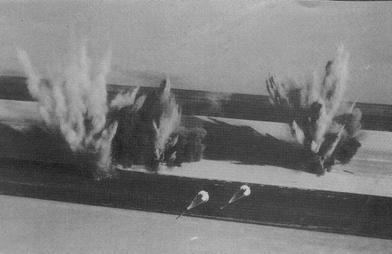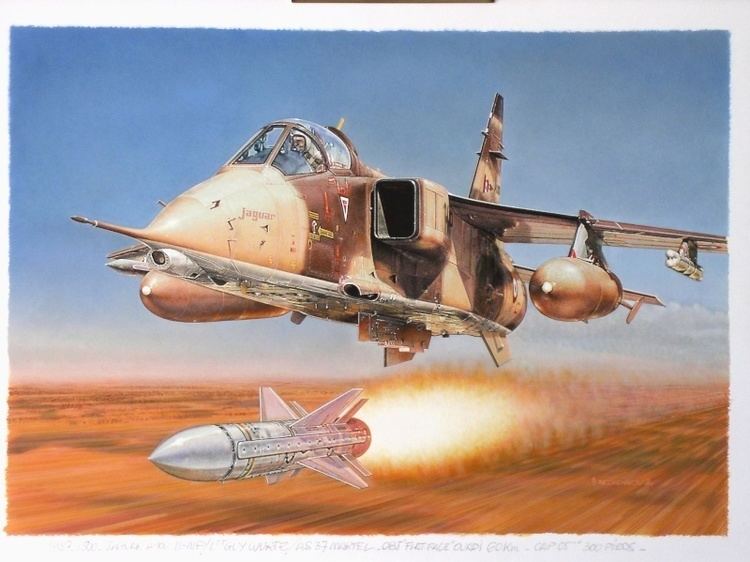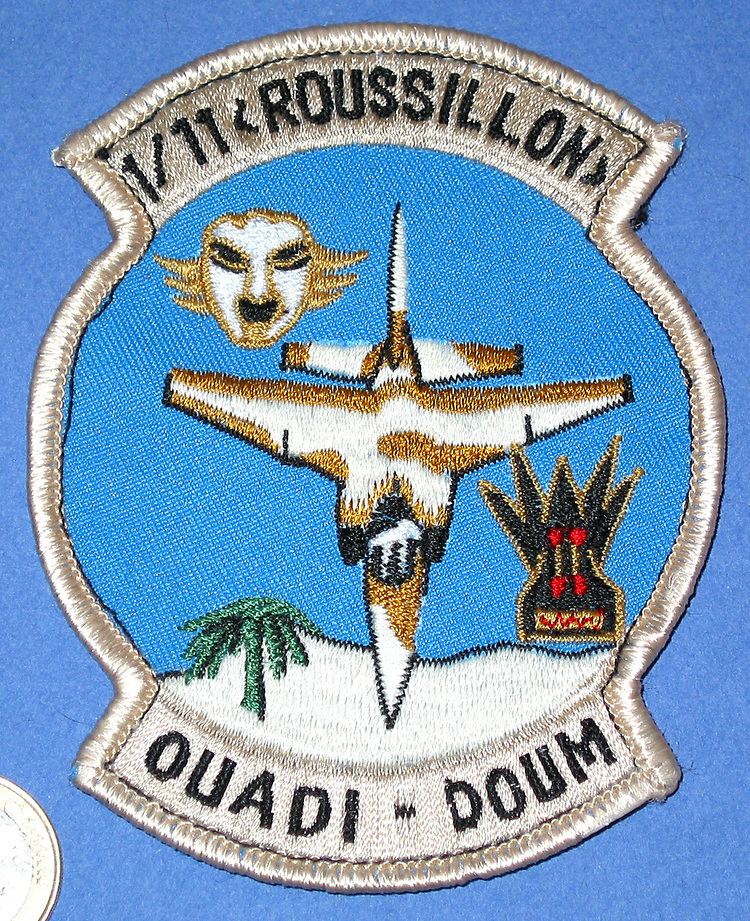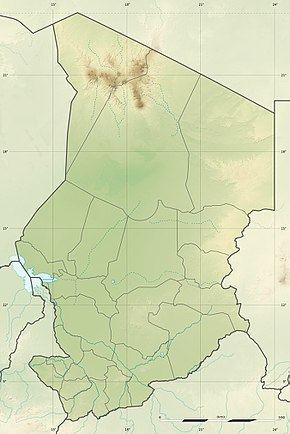Date 16 February 1986 | Result Airport rendered unusable | |
 | ||
Similar Operation Manta, Opération Épervier, Chadian–Libyan conflict, Toyota War, Chadian Civil War | ||
The Ouadi Doum air raid was carried out by French aircraft on February 16, 1986, against the Libyan airbase of Ouadi Doum in northern Chad, during the Chadian–Libyan conflict.
Contents

Background

In an accord made in Crete in September 1984 between the Libyan and French presidents Muammar al-Gaddafi and François Mitterrand it was agreed that the French and Libyan forces would both leave Chad, which was then divided on the 16th parallel with Libya and the rebel GUNT keeping the north and the French and the Chadian government holding the south. But while France respected the accords, leaving Chad in 1984, Libya only reduced its forces, maintaining 5,000 men in the country.

When on Gaddafi's orders GUNT forces attacked southern Chad in February 1986 violating the 16th parallel, French reaction was immediate: while on February 13 Opération Epervier started, which brought a thousand French troops to Chad, an air strike was prepared. The first move was to regroup in Bangui about fifteen Mirage F1s and Jaguars. The operation's target was to damage the airstrip of Ouadi Doum in northern Chad, a strip 3800 meters long, built by the Libyans between November 1984 and October 1985. Ouadi Doum had a great strategic importance, as only from there in Chad Libyan bombers could attack Chad's capital, N'Djamena.

More important still were the political aspects of the strike: Ouadi Doum was a symbol of Libyan duplicity. The French government intended by this action to send a message to their African allies, proving their determination to confront Libyan expansion.
Strike

On February 16, eight Jaguars escorted by four Mirage F1's left Bangui for Ouadi Doum. When the French planes attacked, they were flying very close to the ground, preventing Libyan radar and surface-to-air missiles from detecting the planes until it was too late. The planes made only one pass over the target, dropping about forty BAP 100 bombs on the airstrip, severely damaging it and making it temporarily unusable. The entire attack lasted less than a minute.
Reactions

Soon afterwards, the French minister of defence, Paul Quilès, announced that the runway at Ouadi Doum had been rendered unusable. Political reactions in France were all supportive of the government, with the exception of those of the French Communist Party. As for foreign reactions, Mitterrand obtained the support of the United States and, as was made clear at the summit of the Francophonie held in Paris from February 17 to 19, of most of the African countries.

Gaddafi's first reaction was to claim that the airstrip had only a civilian purposes and that the attack had caused the death of nine civilians. But the best proof of Gaddafi's determination came the day after the raid when a Libyan Tupolev Tu-22 from Aouzou attacked the airport of Chad capital city N'Djamena. Staying under French radar coverage by flying low over the desert for more than 1,127 km (700 mi), it accelerated to over Mach 1, climbed to 5,030 m (16,503 ft) and dropped three heavy bombs. Despite the considerable speed and height, the attack was extremely precise: two bombs hit the runway, one demolished the taxiway, and the airfield remained closed for several hours as a consequence. The bomber ran into technical problems on its return journey. U.S. early warning reconnaissance planes based in Sudan monitored distress calls sent by the pilot of the Tu-22 that probably crashed before reaching its base at Aouzou (maybe hit by twin-tubes that fired in N'Djamena airport).
